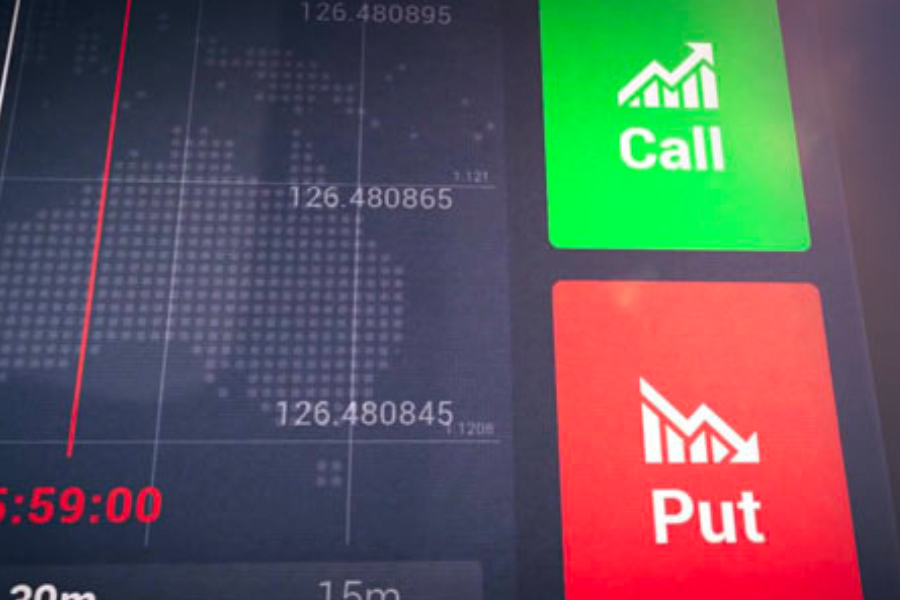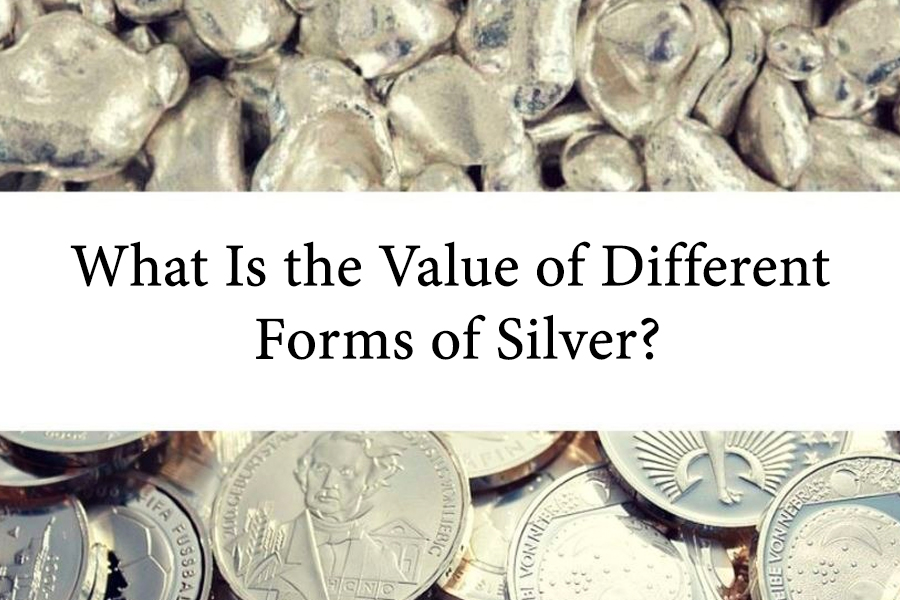What kind of a trader in the stock market are you? If this question confuses you, you are still in an amateur state, but if you are well aware of it – you’ve become a pro. Either way, there is always a learning part in the trading journey of the stock market. Most probably, even Warren Buffet is still learning, and you would never know.
This article is going to speak about F&O Trading and the major benefits that surround it. Are you ready for it?
What is the Meaning of F&O Trading?
Futures and options are essentially market-traded derivatives of other assets. In other words – their value has been taken from the underlying asset. Futures and options can be derivatives of a variety of assets, including equities, commodities, and currencies. And, if the underlying asset’s value changes, so do the value of the derivatives, which include futures and options.
The following inquiry may be, ‘What is future and option trading or F and O trading?’ Futures and options trading is simply the buying and selling of futures and options. Futures and options, like their underlying assets, can be traded between buyers and sellers.
Benefits of Trading Futures and Options
Here is a list that you just cannot overlook:
a) Fixed Costs
Because margin requirements for key commodities and currency futures have remained basically stable for years, they are generally understood. Margin requirements may be temporarily increased when an asset is especially volatile, but they are usually stable from year to year. This means that a trader understands ahead of time how much initial margin is required.
The option premium paid by the person who had purchased it, on the other hand, might vary dramatically depending on the movement and volatility of the asset and the overall market. The larger the premium paid by the option buyer, the more volatile the underlying or the overall market.
b) Rewarding
Futures are not the best way to trade stocks – but they are a great method for particular trading investments such as currencies, commodities, and indices. Their standard characteristics and high levels of leverage make them quite appealing to the risk-averse or low-risked retail investor. For the enormous leverage – these investors could participate in markets where they would not otherwise have access.
c) Upfront Pricing
The futures price is intuitively quite simple to grasp. The futures price needs to be the same as the current spot price + the cost of carrying the underlying asset until the futures contract matures, according to the cost-of-carry pricing method. If the spot and futures prices are not the same, arbitrage activity will occur to correct the mismatch.
Option pricing, on the other hand, is commonly based on the Black-Scholes model, which employs a multitude of variables and is notoriously difficult for the typical investor to comprehend.
d) Liquid
This is also another significant advantage of futures versus options. Most futures markets are quite deep and liquid, particularly in commodities, currencies, and indexes that are widely traded. This causes bid-ask spreads to shrink and reassures traders that they can enter and exit positions as needed.
Options – on the other hand, may not always have enough liquidity, particularly if they are far from the strike price or expire far in the future.
e) There is No Time for Decay
Futures have a significant advantage over options in this regard. Options are squandering assets, which means their value depreciates over time, a phenomenon known as time decay. The time to expiry is one of the most critical parameters influencing an option’s time decay. Time decay must be considered by an options trader because it can dramatically degrade the profitability of an option position or change a winning position into a losing one.
Futures -, on the other hand, are not affected by time decay.
It is critical that you conduct research before opening a trading account. Understanding the principles and costs is quite beneficial. Futures and options trading is excellent for traders with a short time horizon and a high-risk tolerance. Furthermore, many professionals recommend that a newbie begins with the equities cash trading area before going on to the futures and options section.
However, trading in derivatives is not rocket science if you use the correct broker and have access to research and assistance. Every coin has two sides, do this trading method. Want to have a look – read on!
Downsides to Futures and Options Trading
Margin Call:
The broker may issue a margin call in your name, requiring you to surrender any asset as a security deposit to cover your losses. In this instance, your broker will need a larger margin deposit to cover his potential losses.
Greater Loss:
As well as the fact that one is not the only thing that one is not only. The negative is that you will now lose much more than you would have lost if you had not used leverage. This is one of the major negatives in this review of the benefits and drawbacks of trading leverage.
Cost or Benefit:
If your position is not for the short term or overnight, the expense of prolonging that trade can much outweigh the entire gain of squaring off your position. Thus, in margin trading, it is best not to roll over your position for an extended period of time and to square off early.
Conclusion
While there are good sides to F&O trading, and you know them now – there are also some downsides that you just cannot overlook. So, make sure you take a look at the negatives, too, before you get started.





